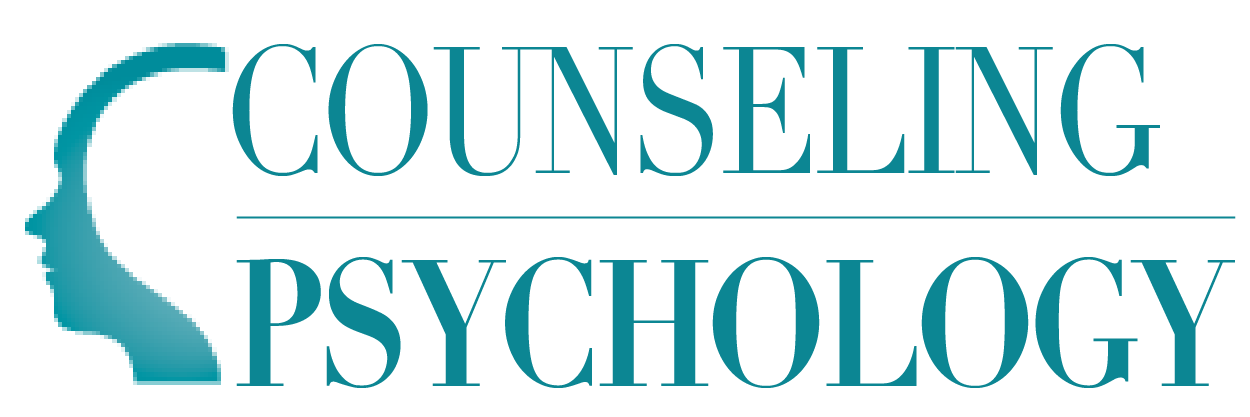Exploring Artistic Therapeutic Career Pathways

For individuals passionate about creativity and helping others, artistic therapeutic careers provide a unique opportunity to combine art and healing. These careers use creative forms of expression—such as visual art, movement, interaction with animals, or drama—to help clients process emotions, improve mental health, and develop coping skills. In this article, we will explore four artistic therapeutic career pathways: Art Therapy, Equine-Assisted Therapy, Dance/Movement Therapy, and Drama Therapy, outlining what each entails and the educational steps required.
Learn more about Therapy Careers.
1. Art Therapy
Art Therapy uses the creative process of making art to promote emotional and psychological healing. This form of therapy is ideal for individuals who find it difficult to express their feelings through words. Art Therapists help clients utilize painting, drawing, sculpting, and other visual arts to explore their emotions, gain self-awareness, and confront personal challenges.
Key Responsibilities:
- Facilitating the creation of art to help clients express emotions and explore personal issues.
- Analyzing clients' artwork to uncover underlying feelings or thoughts.
- Working with individuals or groups in various settings such as hospitals, schools, and mental health clinics.
Why Consider an Art Therapist Career?
Art therapy is a great option for those who are passionate about visual arts and interested in using creativity to help others overcome emotional and psychological barriers. It offers a rewarding career where art becomes a vehicle for healing. Education requirements typically include a Master’s Degree in Art Therapy or a Master's Degree in Counseling with an art therapy focus. Information about certification and other resources can be found via the American Art Therapy Association.
2. Equine-Assisted Therapy
Equine-Assisted Therapists use interactions with horses as a therapeutic tool to help individuals develop emotional, behavioral, and physical skills. Horses have a unique ability to mirror human emotions, making them ideal companions in therapy for individuals dealing with trauma, anxiety, PTSD, and developmental disorders.
Key Responsibilities:
- Guiding clients in activities such as grooming, riding, or simply interacting with horses to improve emotional regulation and self-esteem.
- Using the therapeutic bond between clients and horses to help clients confront emotional or psychological challenges.
- Collaborating with other professionals to develop comprehensive therapy plans for clients.
Why Consider an Equine-Assisted Therapist Career?
This career is ideal for animal lovers who understand the therapeutic value of working with horses. If you are passionate about helping others through interactions with animals, Equine-Assisted Therapy offers a non-traditional approach to mental health that can lead to powerful breakthroughs for clients. Education requirements typically mandate a minimum of a Bachelor’s Degree in Psychology or Bachelor of Social Work (or a related field) with equine therapy training, and often also include a Master’s Degree in Psychology or a related field. For certification info and more, check out the Equine Assisted Growth and Learning Association (EAGALA) or the Professional Association of Therapeutic Horsemanship International (PATH Intl.).
3. Dance/Movement Therapy (DMT)
Dance/Movement Therapy (DMT) is based on the idea that movement and emotions are interconnected. By using physical movement as a therapeutic tool, Dance/Movement Therapists help clients express emotions, release tension, and explore feelings in ways that verbal communication cannot. DMT is particularly effective for clients dealing with trauma, body image issues, anxiety, or emotional blockages.
Key Responsibilities:
- Encouraging clients to use body movement and dance to express feelings and process emotions.
- Observing and analyzing clients’ movement patterns to better understand their emotional and psychological states.
- Developing therapeutic movement interventions tailored to clients’ individual needs in mental health clinics, rehabilitation centers, or educational settings.
Why Consider a Dance/Movement Therapist Career?
For individuals who are passionate about dance and understand the deep connection between physical movement and emotional health, Dance/Movement Therapy provides a creative and impactful way to help clients heal and grow. This career is ideal for those who believe in the transformative power of movement. A Master’s Degree in Dance/Movement Therapy or in a related discipline, such as a Master’s in Counseling, is required along with dance experience. Certification and other info is provided by the American Dance Therapy Association (ADTA).
4. Drama Therapy
Drama Therapy uses role-playing, storytelling, and theatrical techniques to help individuals explore emotions, process experiences, and develop new ways of thinking and behaving. Drama Therapists guide clients through acting exercises, allowing them to step into different roles, which can help them reframe past experiences or practice new responses to challenging situations. This therapy is particularly effective for individuals dealing with trauma, anxiety, or behavioral issues.
Key Responsibilities:
- Leading clients in role-playing exercises, dramatic storytelling, or improvisational techniques to explore emotions and relationships.
- Helping clients gain insight into their problems through the enactment of scenarios and stories.
- Working with individuals, families, or groups in settings such as community centers, mental health facilities, or schools.
Why Consider a Drama Therapist Career?
Drama Therapy is a great choice for individuals who love the theater and are interested in using drama as a means of helping others explore their inner worlds. If you believe in the therapeutic power of storytelling and role-playing, this career allows you to combine creativity with emotional healing. Education-wise, you must complete a Master’s Degree in Drama Therapy or a related field (such as a Master’s Degree in Counseling with a drama therapy focus). Certification is through the North American Drama Therapy Certification (NADTA).
Choosing the Right Artistic Therapy Career Path
When choosing an artistic therapeutic career path, consider which form of creative expression resonates most with you and aligns with your skills and passions:
- Art Therapy is ideal for those who love visual arts and enjoy working with clients to uncover feelings through creative expression.
- Equine-Assisted Therapy is perfect for individuals who feel a deep connection with animals and believe in the healing potential of human-animal interactions.
- Dance/Movement Therapy is a great fit for those who are passionate about movement and see the body as a powerful tool for emotional expression.
- Drama Therapy appeals to those who love storytelling and theater and want to use these tools to help clients gain insights and heal from emotional wounds.



